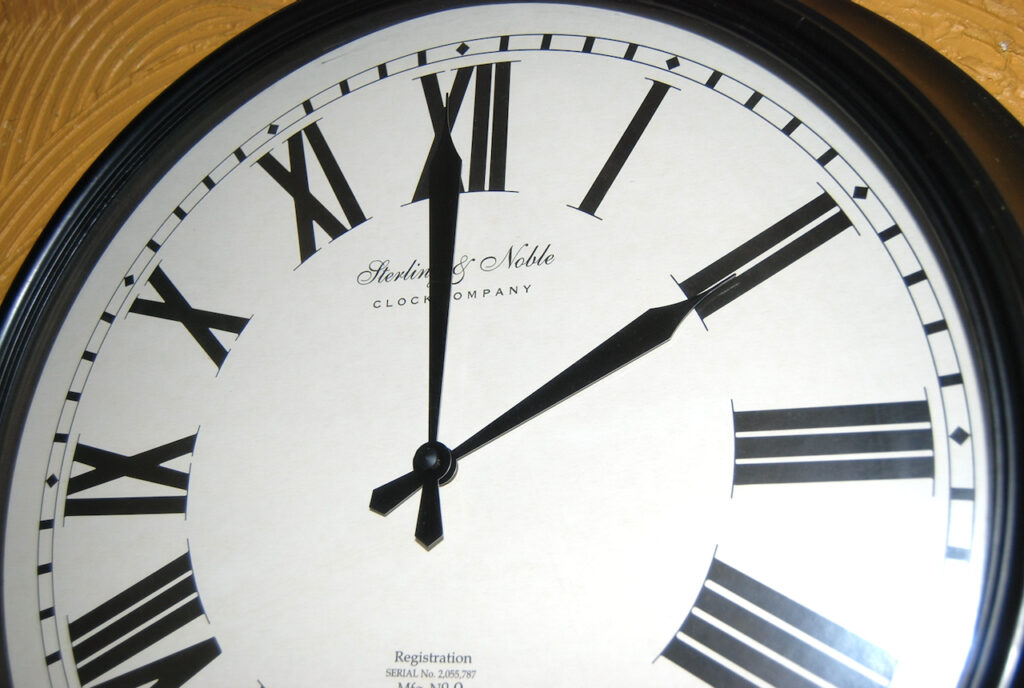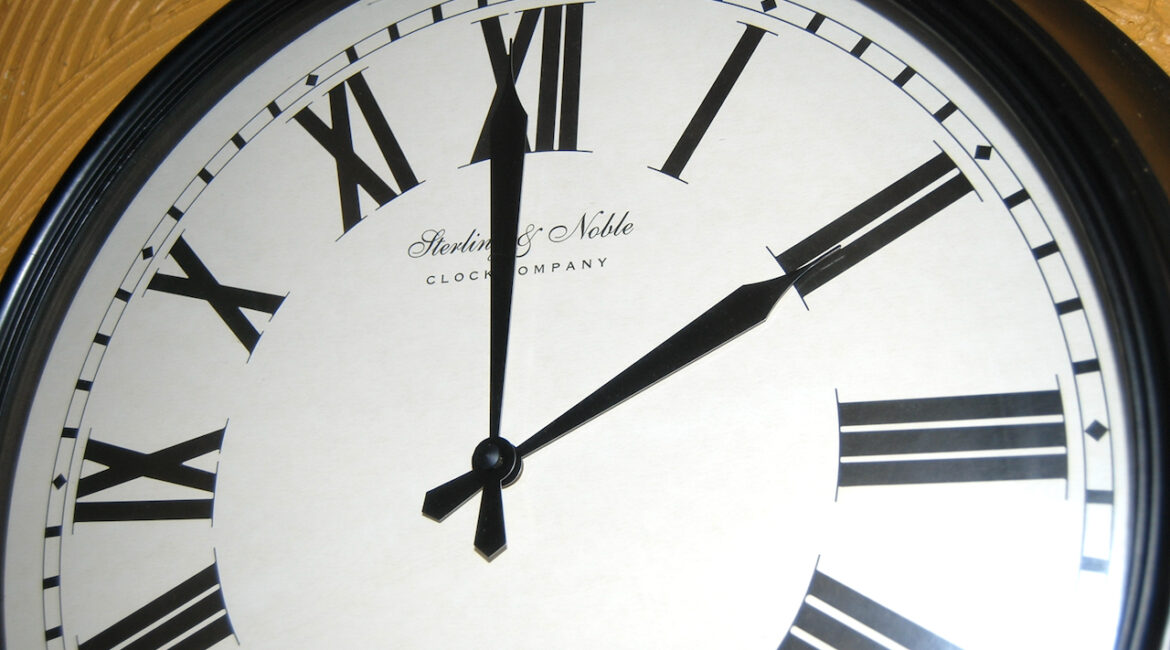The Jefferson County Health Department, in a news release issued last year as the annual adjustment known as “daylight savings time” neared, advised residents to check operations of their carbon monoxide detectors, further advising that the ending of daylight savings time is an optimal time to engage in such precautionary activity.
This Sunday, daylight savings time will come to an end at 2 a.m., at which time residents are reminded to set their clocks back by one hour.
According to information found on the Wisconsin Department of Health Services, on average, carbon monoxide poisoning sends about 500 Wisconsinites to the emergency room each year.
Additional information about carbon monoxide can be found here: https://www.dhs.wisconsin.gov/air/co.htm.
The Jefferson County Health Department, in its previously issued release, offered the following safety tips:
• Residents are advised to make sure they have working carbon monoxide detectors. All single-family duplexes and homes in Wisconsin are required to have detectors on every level, including the basement, but not the attic or storage areas. Detectors can be purchased at most hardware stores for $20 to $50. Changes in daylight savings time are a good time each year to replace the batteries in detectors. Residents are advised to push the “test” button to be sure the device is working properly. Detector should be replaced every five years or according to manufacturer’s instructions.
• Residents are advised to have their furnace or wood-burning stoves inspected annually by a professional to make sure it is functionally sound and vents properly outside the home.
• Never run a gasoline or propane heater or a grill — gas or charcoal — inside the home or garage. Any heating system that burns fuel produces carbon monoxide. Use a battery- powered detector wherever fuel-burning devices are in use, especially in places where electric outlets are not available, such as in tents, cabins, and RVs.
• Generators should be run at a safe distance — at least 20 feet — from the home. Never run a generator in the home or garage, or right next to windows or doors.
• Never run a car in an enclosed space. Even with a door or window open, carbon monoxide levels can still build up to an unsafe level.
The release notes that at high levels, carbon monoxide can cause death within minutes. Symptoms of overexposure to carbon monoxide include headache, fatigue, dizziness, shortness of breath, nausea, and confusion.
Those experiencing the symptoms of carbon monoxide poisoning or who are within a closed space when a detector sounds an alarm are advised to move outside immediately into fresh air and call 911.

Daylight savings time ends this Sunday at 2 a.m. Residents are reminded to set clocks back by one hour. The annual event also is a good time to make sure carbon monoxide detectors are in working order. File photo/Kim McDarison.
This post has already been read 1191 times!
